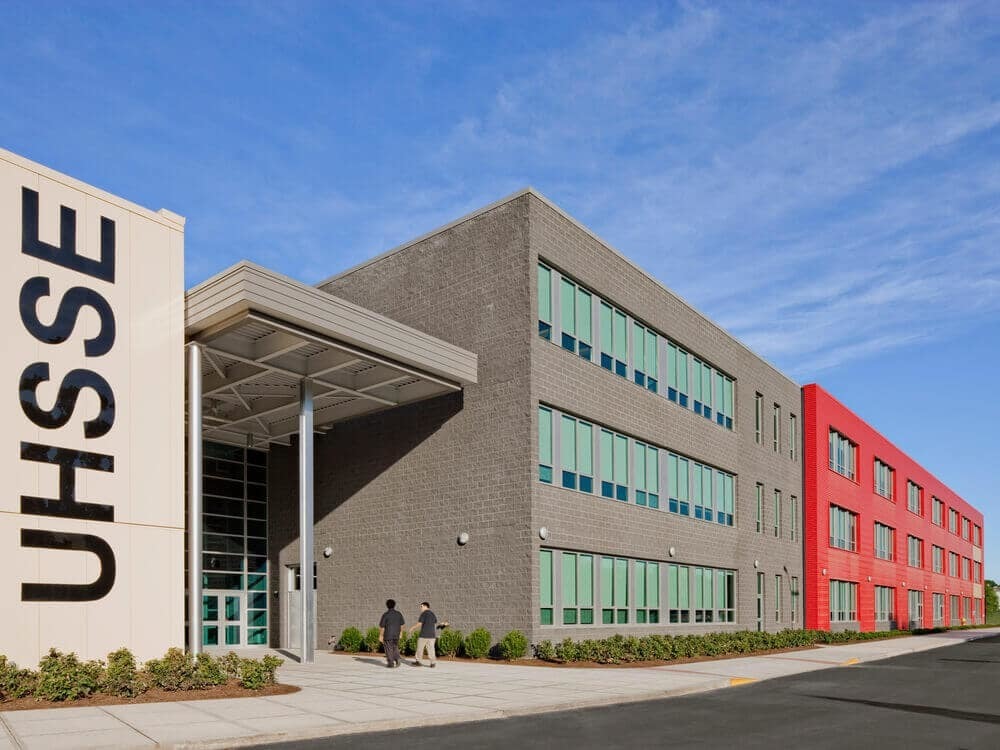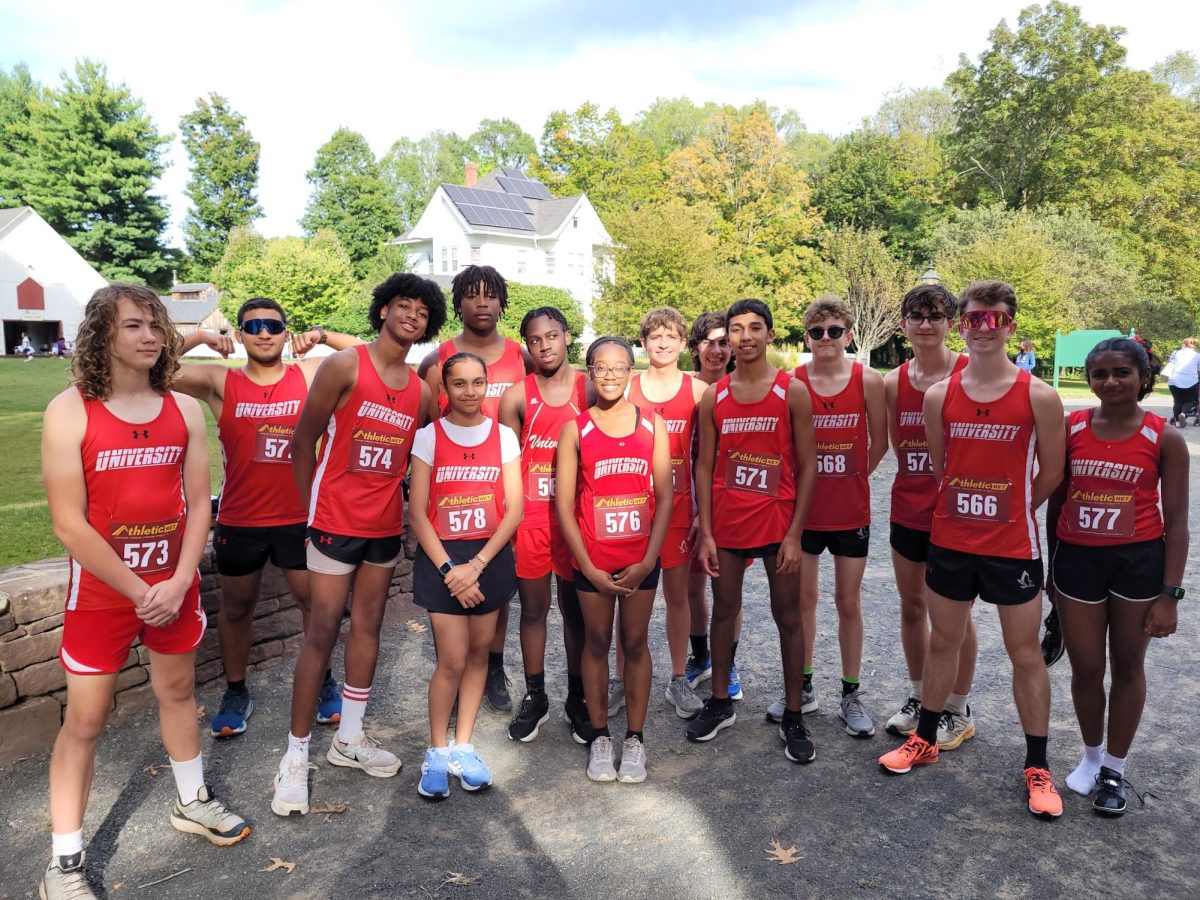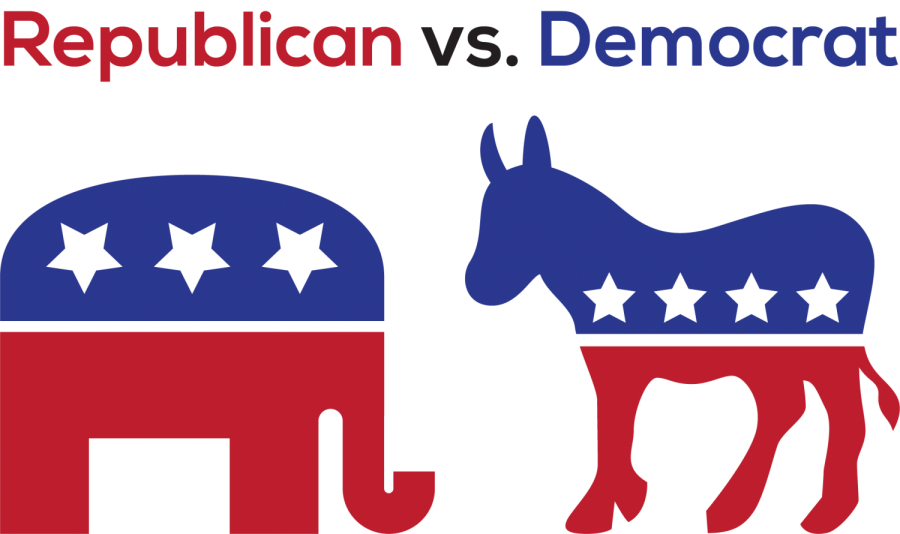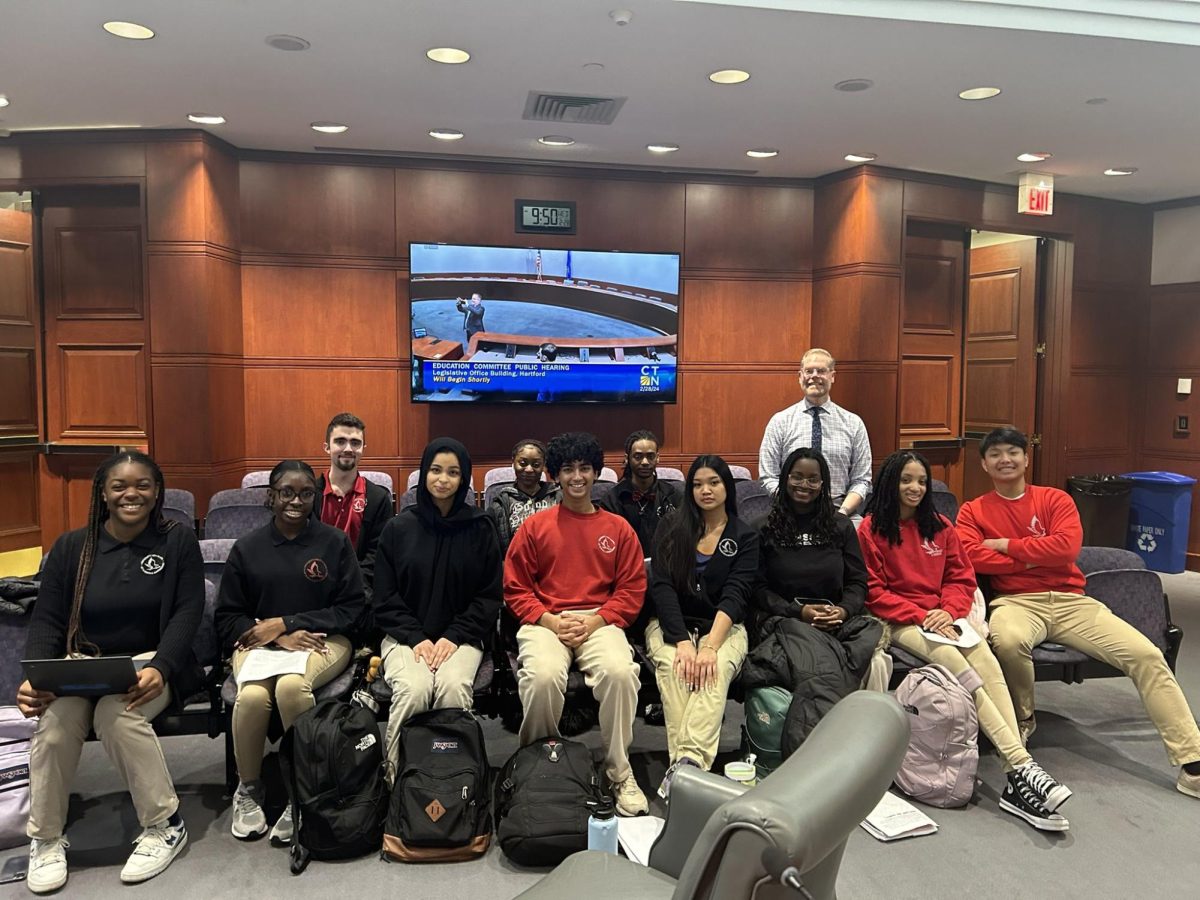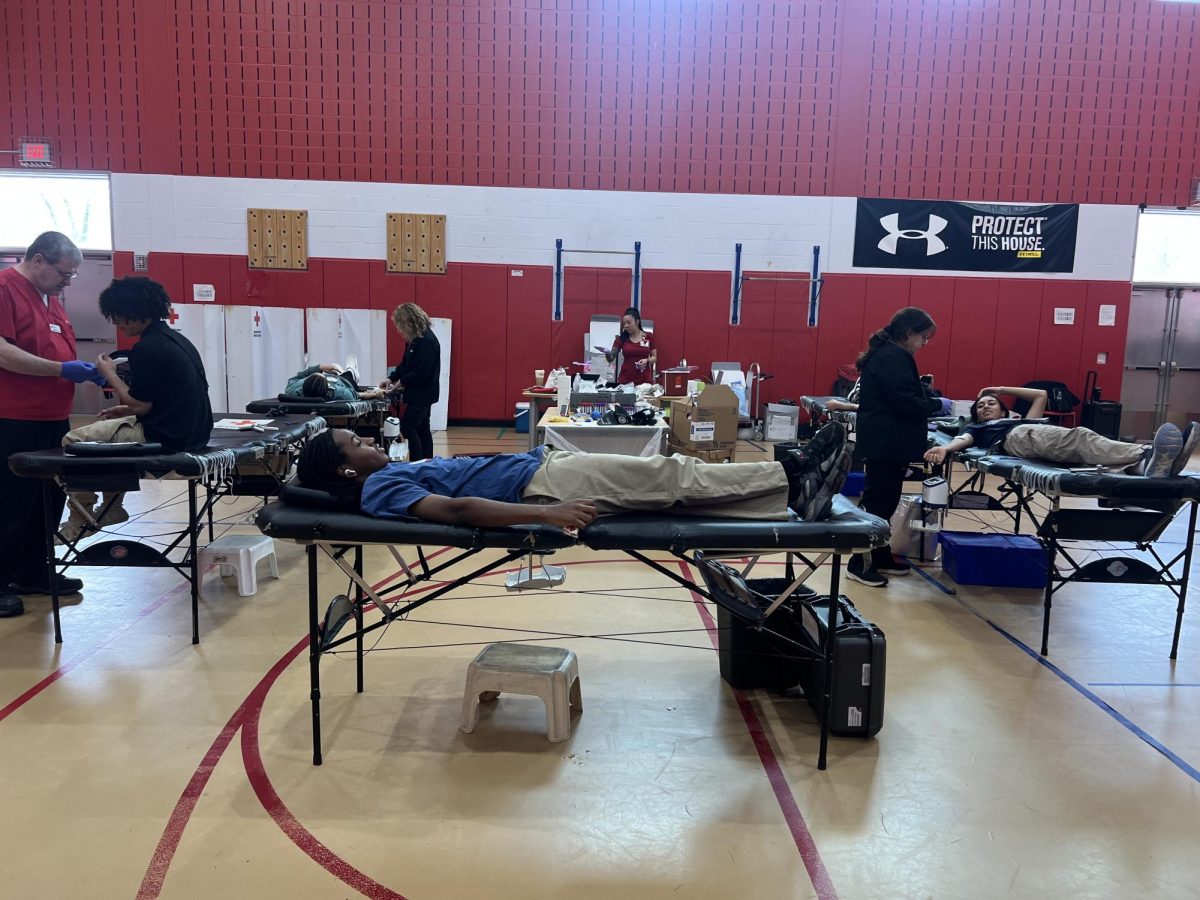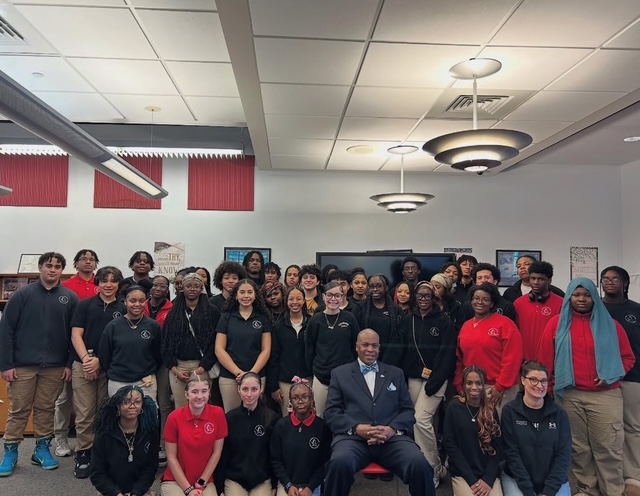On February 28, the University High Social Justice League headed to the Connecticut State Capitol in advocacy for their proposed Bill: HB 5213, as part of a larger bill concerning disconnected youth. The group’s “ideal outcome with the bill is that all students in Connecticut will have free access to the city bus at all times and can use it with their ID”, said Senior Amy Kakrabah-Quarshie ‘26.
The Social Justice League participated in a meeting with CT state legislators where they, as well as other high schoolers testified, urging officials to vote in favor of the newly presented bill. Senior Siddarth Krishnan ‘26, one of the founding members of the Social Justice League, finds this act imperative to the success of their cause.
“The greatest way we can make change is on the legislative level, so going to the Capitol to give our testimonies was our best chance at succeeding in making that very change.”
Senior Iyanu Omojola shares this sentiment, as she explains the importance of representation and advocacy in bringing about justice for communities. “The fact that they got to hear from student voices was a big deal. It’s better for them to understand when it comes from the people going through the issues themselves.”
The Social Justice League was founded the summer of 2023 by Principal Sean Tomany, after a change with transportation would take place weeks before school was to start.
“University High School has always used city buses for its Hartford kids instead of school buses. When we were coming back from the pandemic in August, they suddenly said, ‘No, you’re getting [school] buses.’”
This sudden change would prove to undermine student attendance rates. “We were battling chronic absenteeism. As a school we got to 34% of our students being chronically absent. Historically, we’ve been around 10-14%.”
But it wasn’t until a seemingly miscellaneous encounter, that Tomany would become truly aware of how deep the issue with transportation was for many of the students at UHSSE, and in the broader Hartford area.
“There was this kid. He came into school late and I yelled, ‘Why aren’t you here? You got to get to school.’ He was like, ‘I couldn’t make it on time ‘cause the bus was full. There was no room.’ And he was a walker. Then it started dawning on me, even my walkers are using the city bus. That night I went to a Board of Ed meeting and some kids were getting awards. And so I walked out with them and they got on the city bus. And as those kids are getting on the city bus, I see all the cheerleaders and footballers getting on the city bus.”
Through these experiences, Tomany quickly realized how much the students of Hartford relied on city buses, and the deeper implications behind this need.
“It began to dawn on me, having access to transportation is an equity issue. When they have access to the city bus, they don’t have to choose between going to the doctors today or going to school.”
Something as simple as a ride to and from school is ultimately a privilege. For students whose parents work long hours, their means of transportation are slim to none, limiting the activities they can participate in and thus hindering their engagement in their school communities. Not to mention, this disparity in opportunity has serious racial and economic implications that cannot be ignored.
This is where the city bus thrived and brought about equity for all students. Its frequency allows them to attend sports and extracurricular activities after school. In doing so, students are able to reinforce relationships with their peers and engage in the sports they love. But without a free late bus and a guaranteed ride home, a student’s bridge between extracurriculars outside of class time remains a shaky one. This is the gateway for the youth to become further disconnected from school; a community whose fundamental purpose is to empower and uplift them.
“Making kids connect to school, however you do that, makes them want to come to school. They do better, they get better grades, their attendance is better, everything’s better when they connect to school. Having access to transportation allows that to happen.” (Tomany, 2024)
Conversations between Principal Sean Tomany and Elizabeth Horten-Sheff, the founder of magnet schools in the state of Connecticut, were had during this conference. The two are collaborating to ensure that students in Hartford have access to a more equitable model of education. This is exactly what the Social Justice League’s initiative with the city buses’ would achieve.
The Superintendent of Hartford Public Schools, Dr. Leslie Torres-Rodriguez, shared that the other proposed bill (HB 5212, an education funding bill) would save the district up to $11 million. She states how proud she is of the Social Justice League for all of the work they’ve invested in bringing about free city bus passes.
Moving forward, the group strives to bring justice to other aspects of their community. Senior Mia Perez, believes their mission has not come to an end, but rather just started. “This is what we’ve been fighting for, especially Section 7 of the Bill. But moving on as a group, we could also find other [important] things that need social justice.” When we asked her why this is important to her she replied, “This is such a big thing to be a part of, it will affect everyone throughout the state.”
The group’s proposed bill, Bill: HB 5213 will be decided on by the appropriations committee April 5, 2024.
State representative Jeff Currey, who had met with the group prior to the hearing, thanked them for their testimonies and said that this would not have been possible without them.
Contact Siddarth Krishnan at (860) 573-4473 if you are interested in being a part of the UHSSE Social Justice League.

